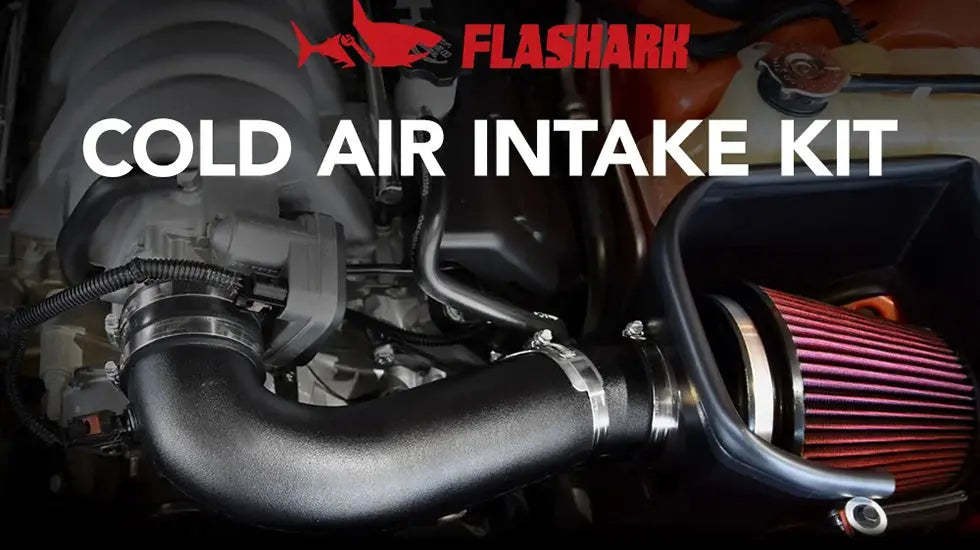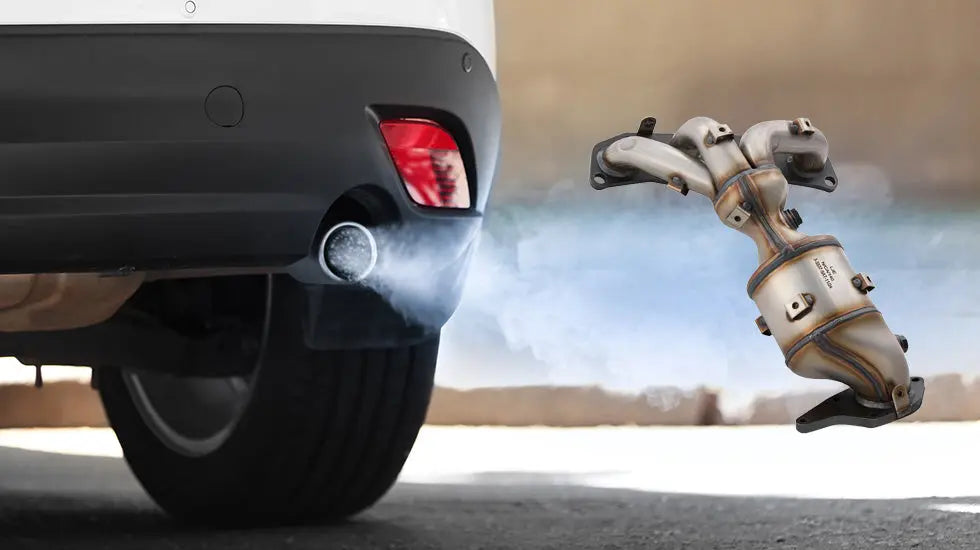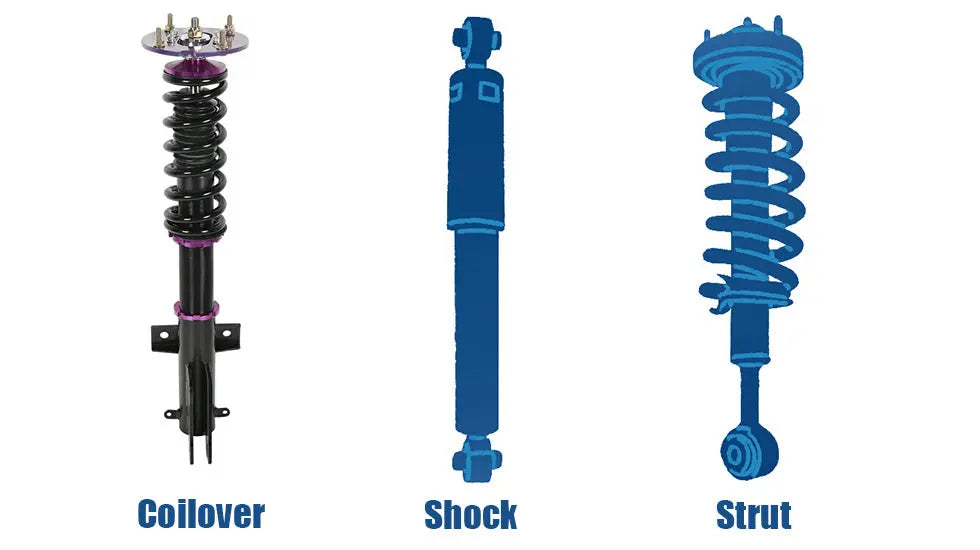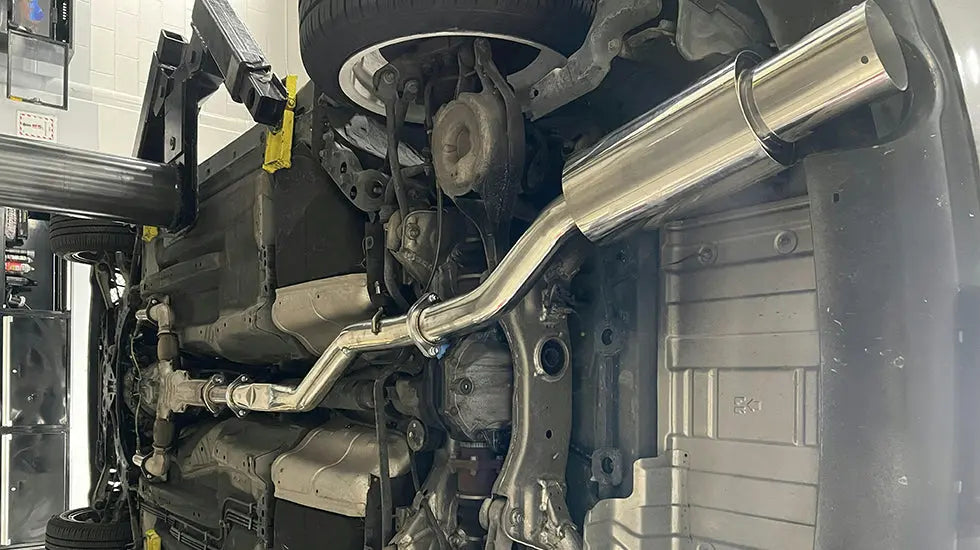When it comes to enhancing vehicle performance, car enthusiasts often debate the merits of various upgrades. Among the most popular modifications is the cold air intake (CAI) system. Cold air intakes are designed to increase engine performance by improving the airflow to the engine. However, before you dive into the world of CAIs, it’s important to understand whether they’re truly worth the investment. In this guide, we’ll explore how cold air intakes work, the performance benefits they offer, and the potential risks and drawbacks. We’ll also help you determine if a cold air intake is the right choice for your car.
What is a Cold Air Intake and How Does It Work?
A cold air intake (CAI) is an aftermarket modification that replaces your vehicle’s stock intake system. It draws in cooler, denser air from outside the engine bay and channels it into the engine, rather than recirculating warm air from the engine compartment. This cooler air has a higher density, meaning it contains more oxygen, which can improve the combustion process.
The primary function of a cold air intake is to allow the engine to “breathe” more efficiently. By delivering cooler air, the engine can burn fuel more effectively, potentially resulting in small gains in horsepower and torque. Cold air intakes often feature larger diameter pipes, specialized filters, and strategically positioned air inlets, which also help improve airflow and reduce air resistance.

Performance Benefits of Cold Air Intakes
Cold air intakes are frequently marketed as performance boosters, but do they really improve your driving experience? Let's break down the primary performance benefits.

Power and Torque Gains
One of the main selling points of a cold air intake is the potential increase in engine power. By allowing the engine to intake cooler, denser air, CAIs can improve combustion efficiency. This often results in a modest increase in horsepower and torque, particularly in vehicles with larger engines or those that are designed for performance driving.
While the actual power gains can vary based on the vehicle and the CAI system, it’s not uncommon for cars to see an increase of around 5 to 15 horsepower with a cold air intake. This might not sound like much, but in performance cars, even a small increase can make a noticeable difference in acceleration and overall driving dynamics.
Improved Acceleration and Throttle Response
In addition to boosting raw power, cold air intakes can also improve acceleration and throttle response. With the ability to deliver air to the engine more efficiently, a CAI helps the engine respond more quickly when you push the throttle. This results in a more responsive driving experience, especially at higher RPMs where the engine needs more air to sustain power.
If you enjoy spirited driving or track days, this immediate response can make a significant difference. In fact, some drivers report feeling a more "alive" engine as the vehicle seems to pick up speed with less effort, thanks to the increased airflow provided by a CAI.
Are Cold Air Intakes Really Worth the Money?
While the performance improvements of a cold air intake (CAI) can be appealing, it’s important to consider whether the investment is truly worth it. The cost of a cold air intake system can vary greatly depending on the make and model of the car, but on average, you can expect to spend between $150 and $500 for a quality system.
However, Flashark offers cold air intake kits at a much more affordable price range of $50 to $150, making performance upgrades accessible without breaking the bank. For car enthusiasts looking to improve their vehicle’s performance on a budget, Flashark’s CAI systems provide a cost-effective solution that still delivers noticeable gains in horsepower, torque, and throttle response. This budget-friendly pricing means that you don’t have to compromise on quality to enjoy the performance benefits of a cold air intake.

Cost vs. Performance
When evaluating whether a cold air intake is worth the money, the first thing to consider is the performance gain. As mentioned earlier, most vehicles will experience a modest increase in horsepower, but it’s important to remember that these gains are often small compared to more significant modifications, such as turbochargers or exhaust systems.
For many daily drivers, the gains from a CAI may not justify the expense, especially when factoring in installation costs (if you're not installing it yourself) and maintenance. However, for performance vehicles or cars used for racing or heavy-duty driving, the slight improvements in power and throttle response could make the upgrade more worthwhile.
Return on Investment for Performance Cars
For enthusiasts with performance vehicles, a cold air intake can offer a better return on investment. The increase in engine performance, while modest, complements other upgrades such as a performance exhaust or a tune. When paired with other modifications, a CAI can help a car reach its full performance potential, offering improved acceleration and a more aggressive engine tone.
If you own a sports car or a vehicle built for track use, the return on investment (ROI) may be higher, as the increase in airflow helps maximize engine output and efficiency. On the other hand, for those driving standard vehicles or daily commuters, the benefits might not be as significant compared to the cost.
Risks and Drawbacks of Cold Air Intakes
Although cold air intakes are generally seen as a positive modification, they come with their own set of potential risks and drawbacks.

Risk of Water Ingestion and Engine Damage
One of the most significant risks associated with cold air intakes is the potential for water ingestion. If the CAI’s air filter is positioned too low to the ground, heavy rain or driving through flooded areas could cause the intake to suck in water. Water entering the engine can lead to hydro-lock, a serious condition where the engine fails to function properly due to water in the cylinders. Hydro-lock can cause significant engine damage and expensive repairs.
To mitigate this risk, many manufacturers design CAI systems with water shields or high-positioned filters to minimize the chance of water ingestion. However, if you frequently drive in rainy or wet conditions, it's essential to consider this risk before installing a cold air intake.
Warranty and Insurance Concerns
Another potential drawback of installing a cold air intake is the impact it may have on your vehicle’s warranty. Many car manufacturers consider aftermarket modifications as a violation of the warranty agreement. This means that if a CAI causes damage to the engine or other parts, the manufacturer may refuse to cover the repair costs.
Additionally, depending on your insurance provider, modifying your vehicle may also affect your coverage. Some insurers may raise premiums or even refuse coverage if the modification is deemed to increase the vehicle’s risk profile.
Is a Cold Air Intake Right for Your Car?
Whether a cold air intake is the right choice for your car depends on several factors, including the type of vehicle you drive, how you use it, and your overall goals for performance improvements.
For high-performance vehicles or cars used for track days and racing, a cold air intake can provide meaningful performance benefits. The increase in horsepower, acceleration, and throttle response makes the upgrade more noticeable and beneficial for enthusiasts.
However, for daily drivers or vehicles used primarily for commuting, the benefits might be less significant. If your goal is to improve fuel efficiency or reduce emissions, a CAI may not be the best choice compared to other modifications, such as a more efficient exhaust system or a fuel management tune.
When deciding if a CAI is right for you, consider how much you value performance enhancements, the driving conditions you typically encounter, and whether you’re prepared to maintain and troubleshoot the system as needed.
Conclusion
Cold air intakes can provide a noticeable improvement in engine performance, especially for vehicles used in high-performance or racing applications. The benefits, such as increased horsepower, improved acceleration, and a more responsive throttle, are clear, but the return on investment may not be worth it for everyone.
For daily drivers, the cost of a cold air intake might not justify the modest performance gains. However, for car enthusiasts looking to maximize their vehicle’s potential, the upgrade can be a valuable addition to other performance modifications.
Before deciding to install a cold air intake, be sure to weigh the pros and cons, and consider the potential risks, such as water ingestion and warranty issues. Ultimately, if you’re passionate about boosting your car's performance and enjoy the thrill of responsive driving, a cold air intake could be a worthwhile investment.










